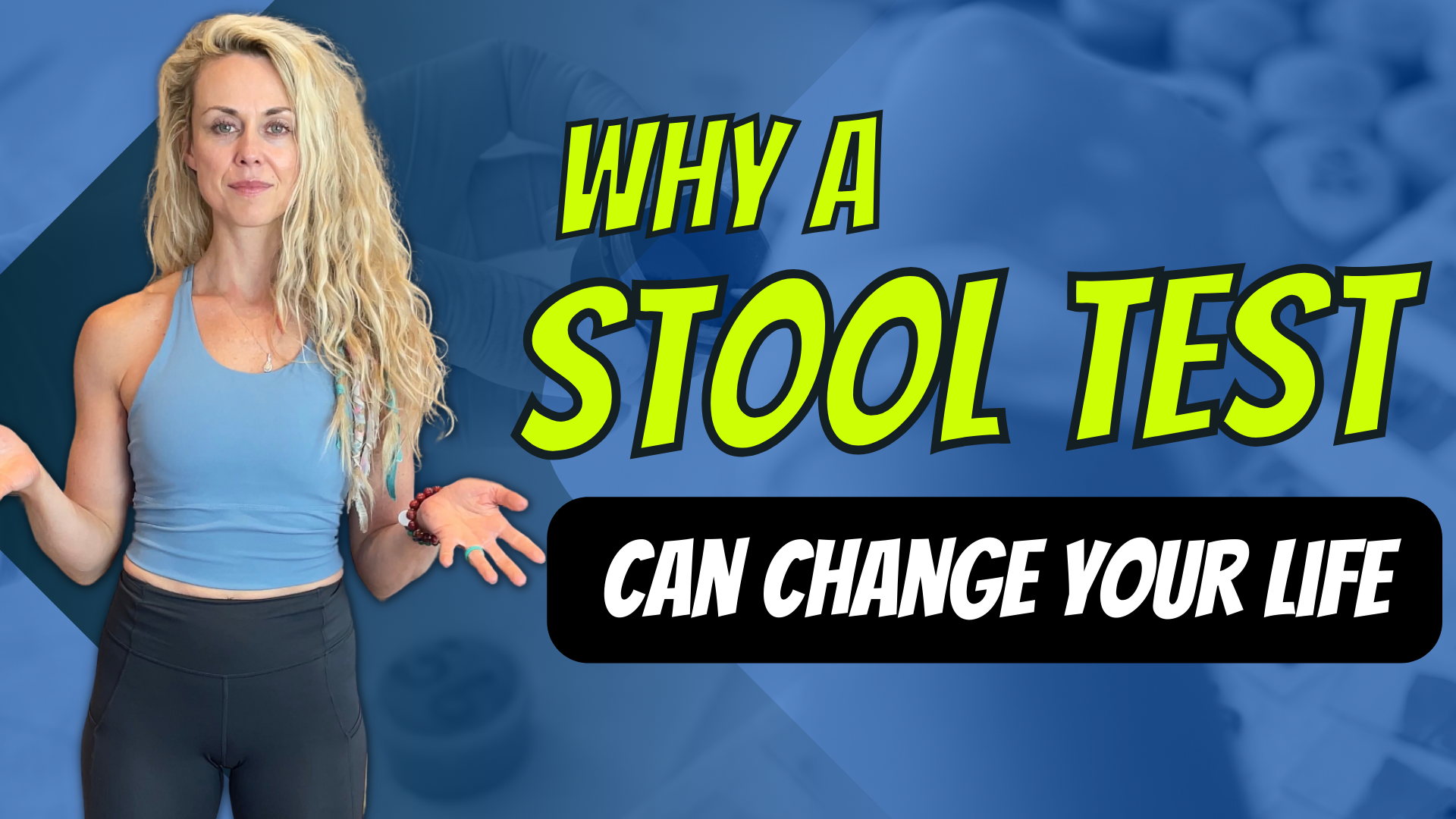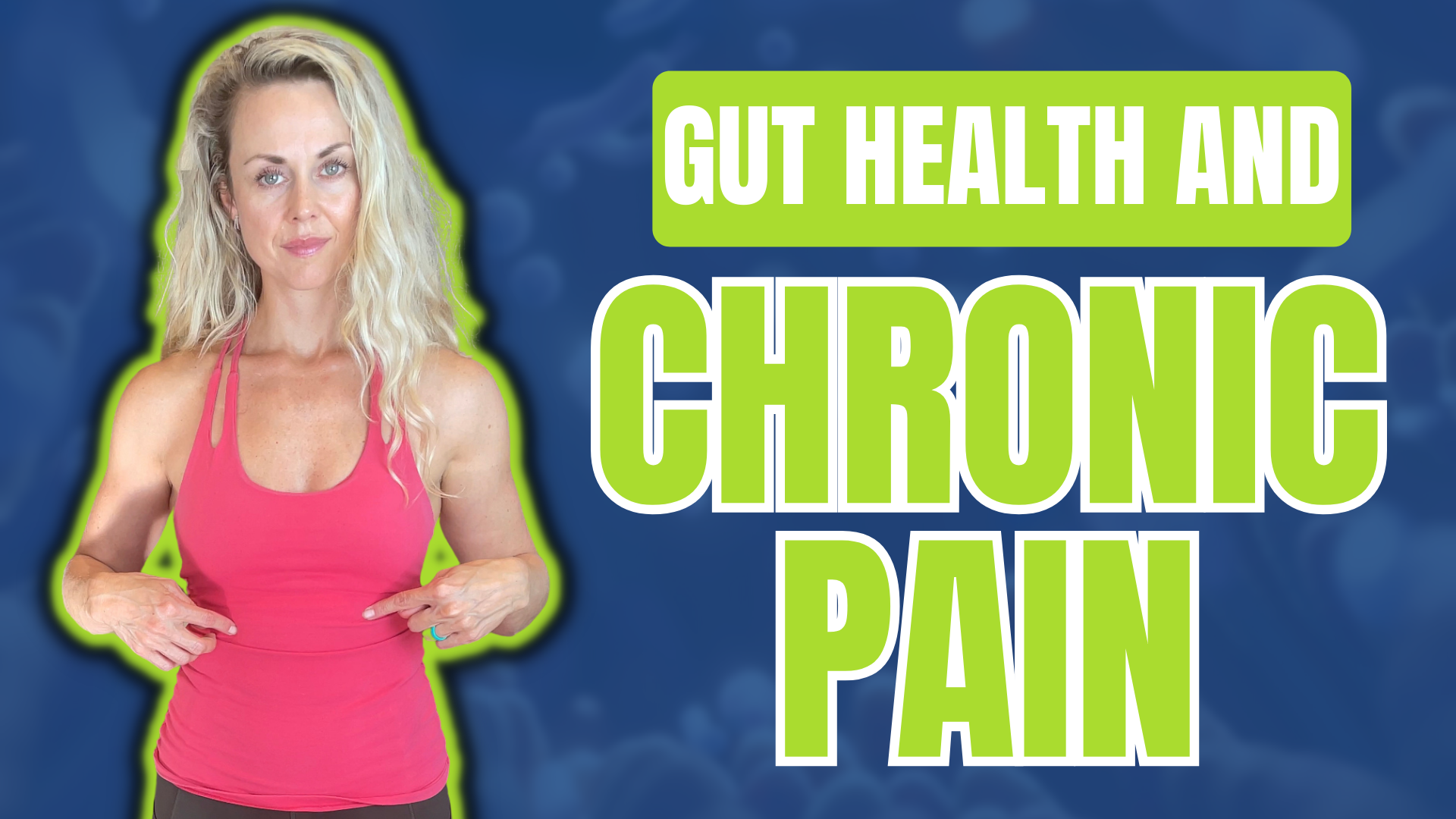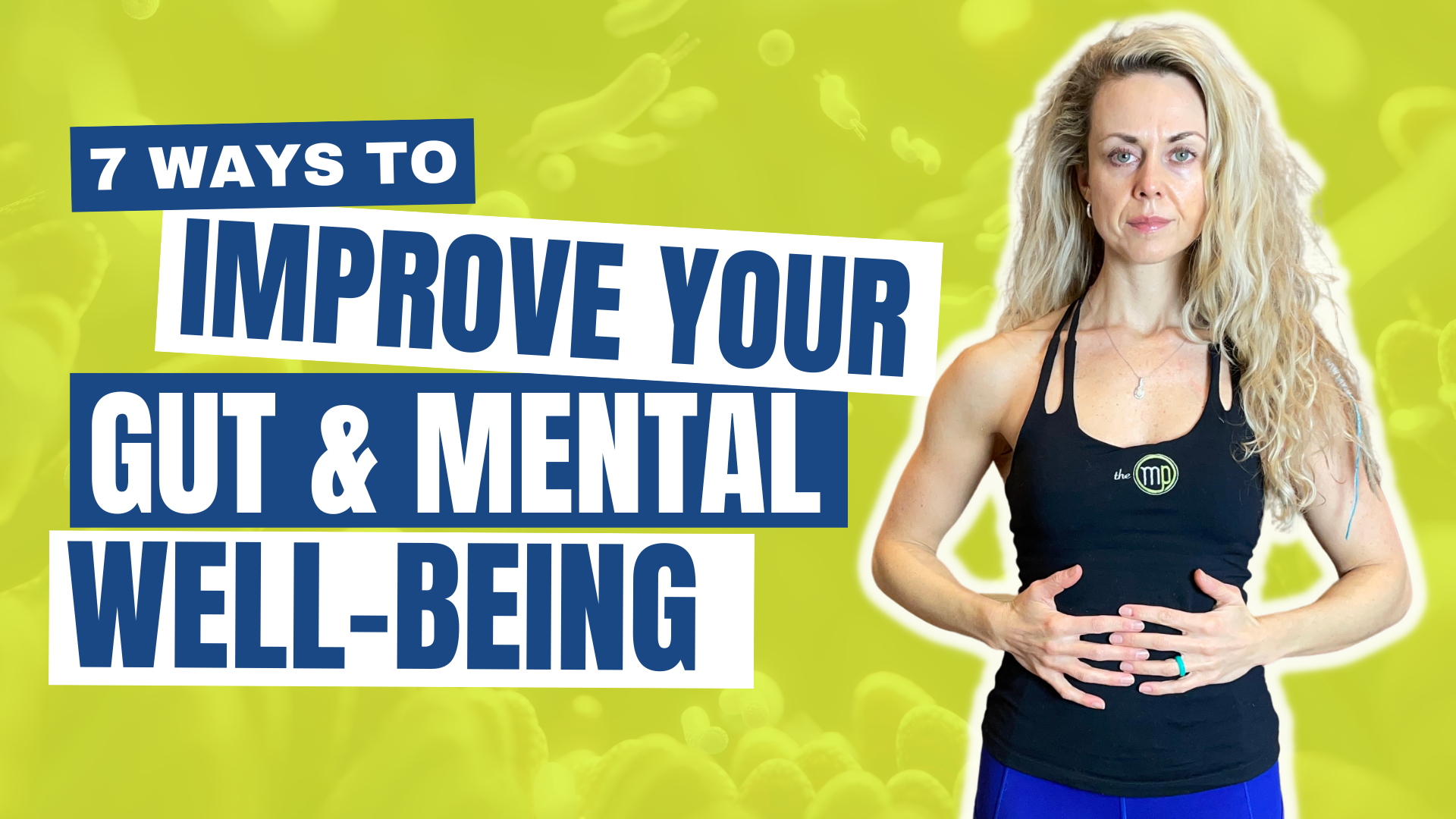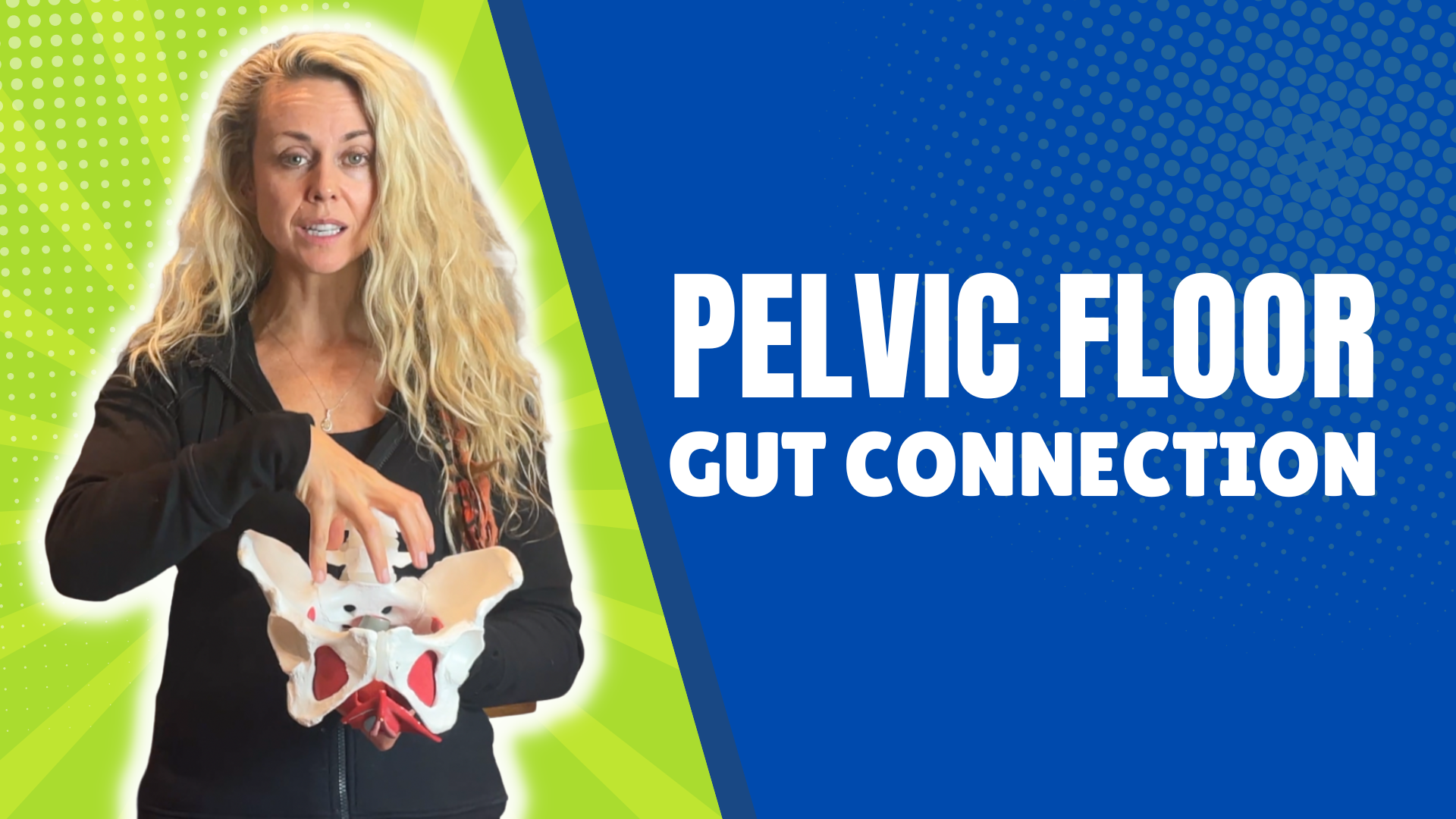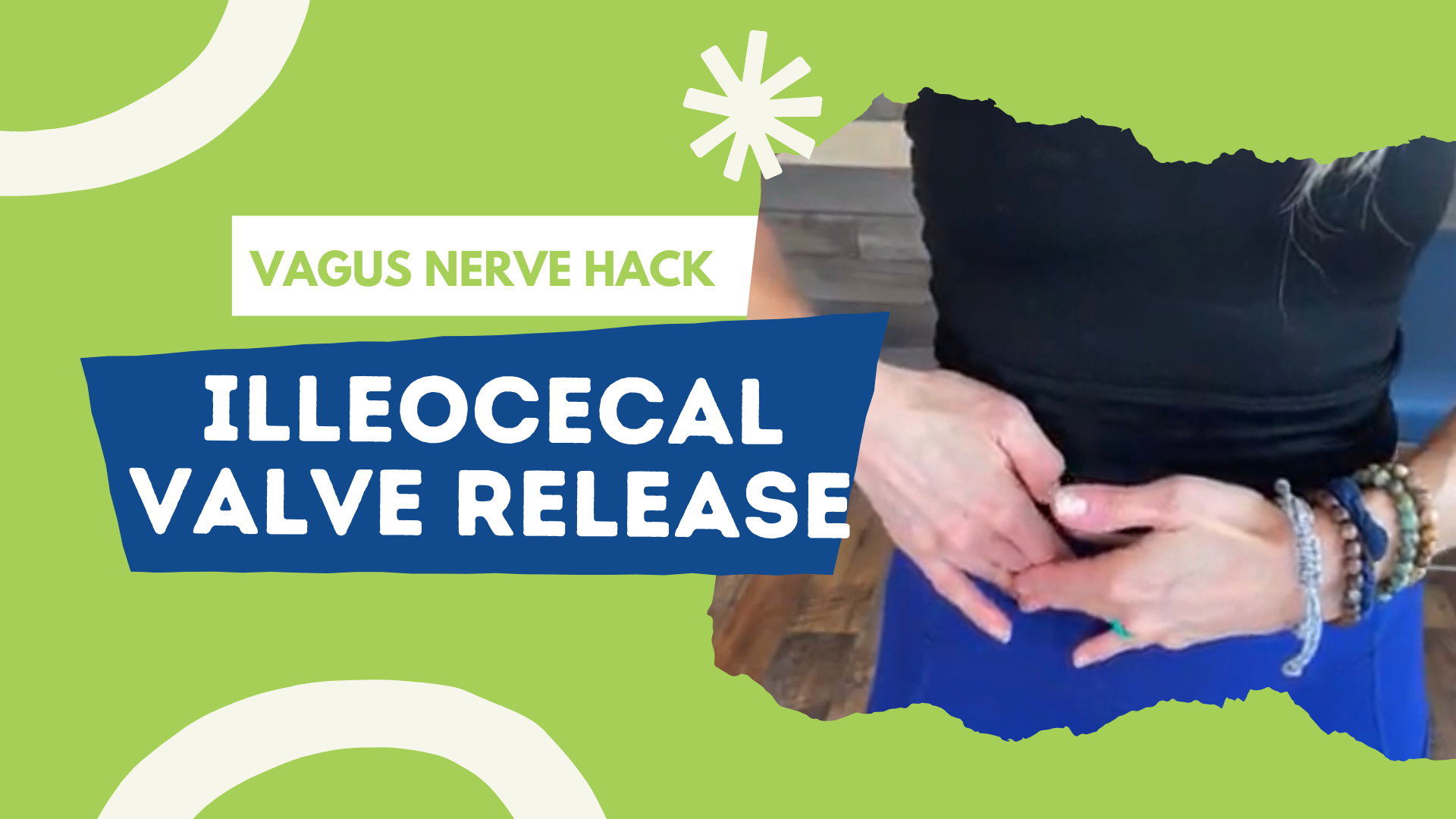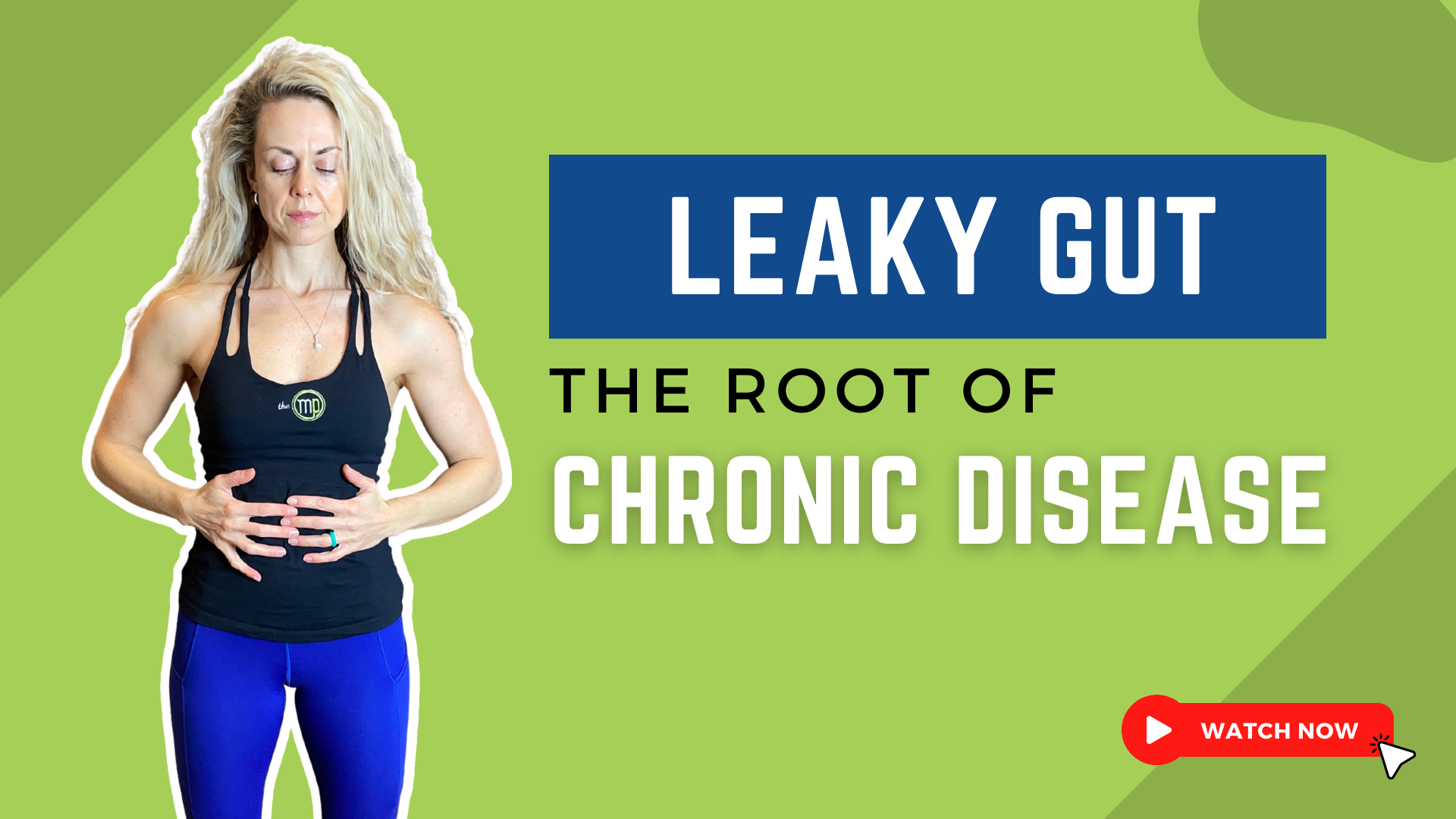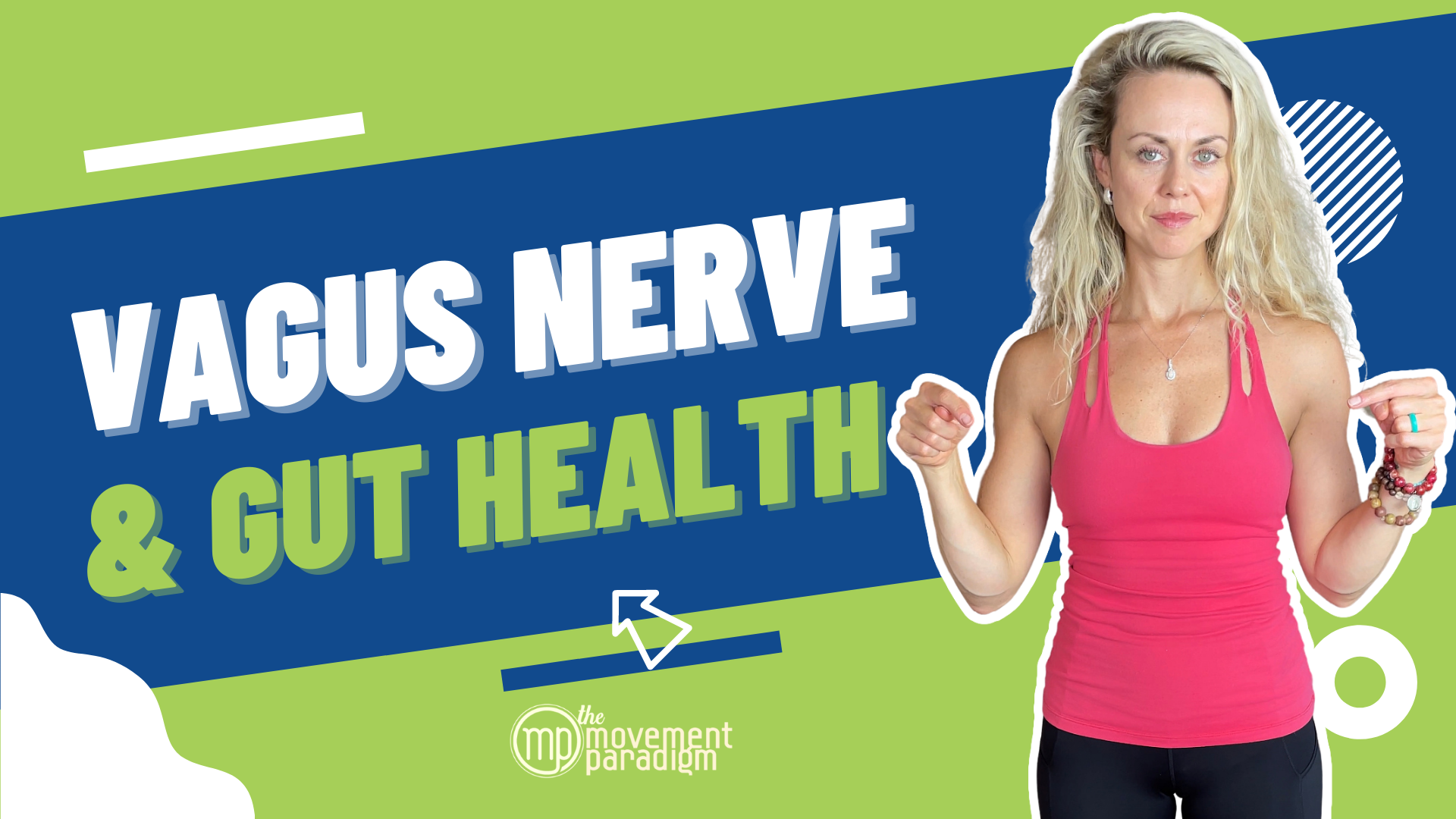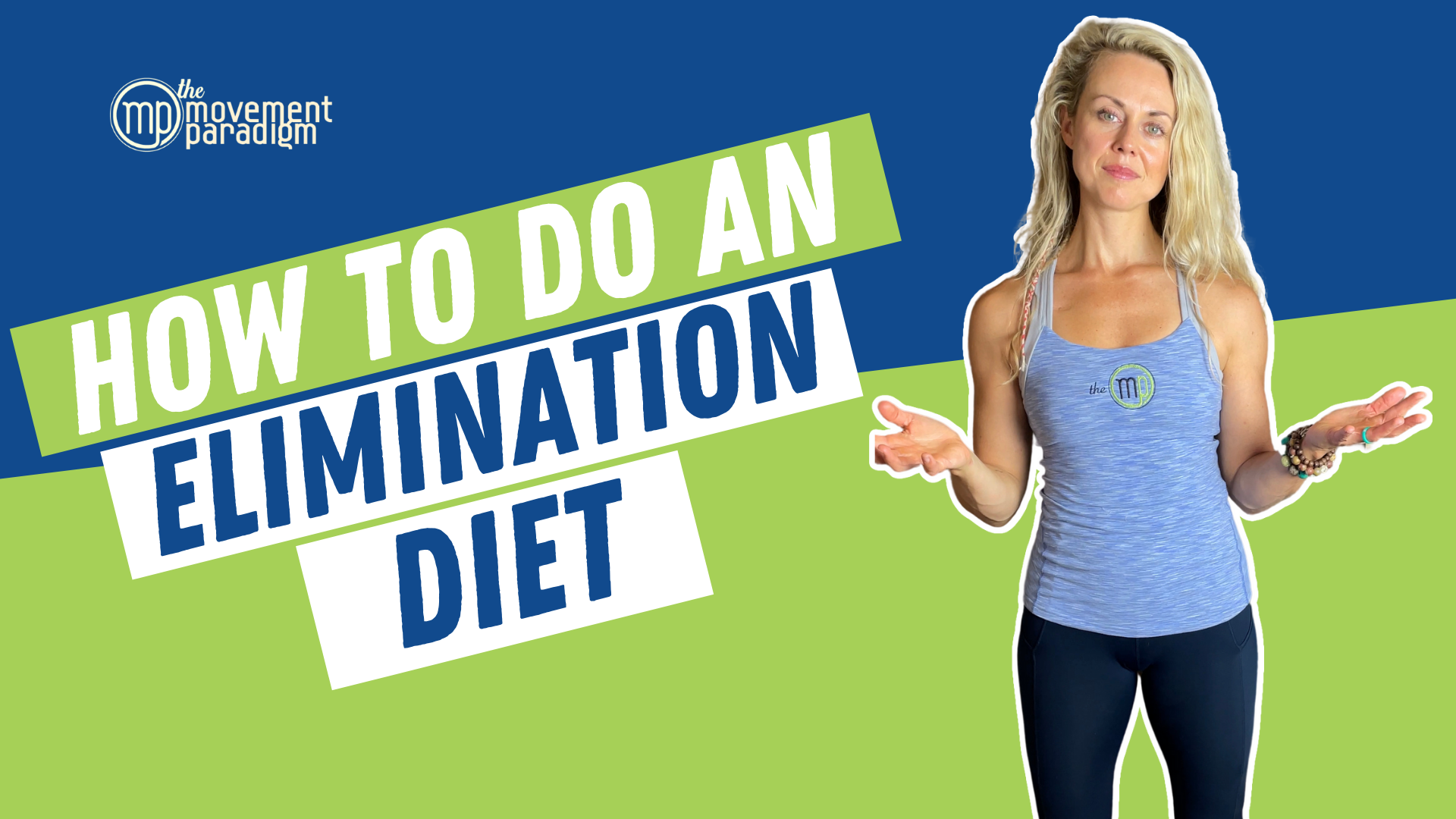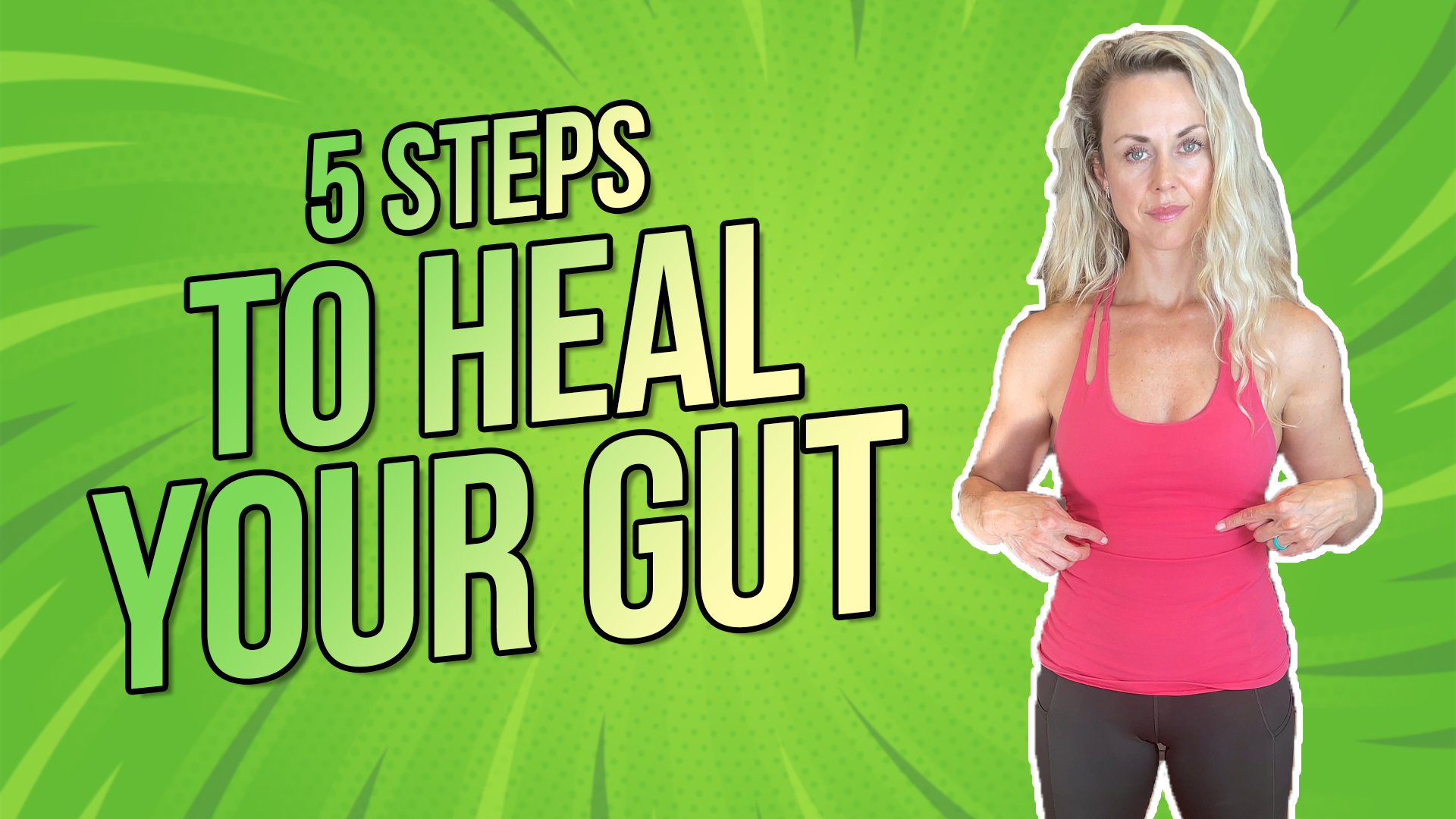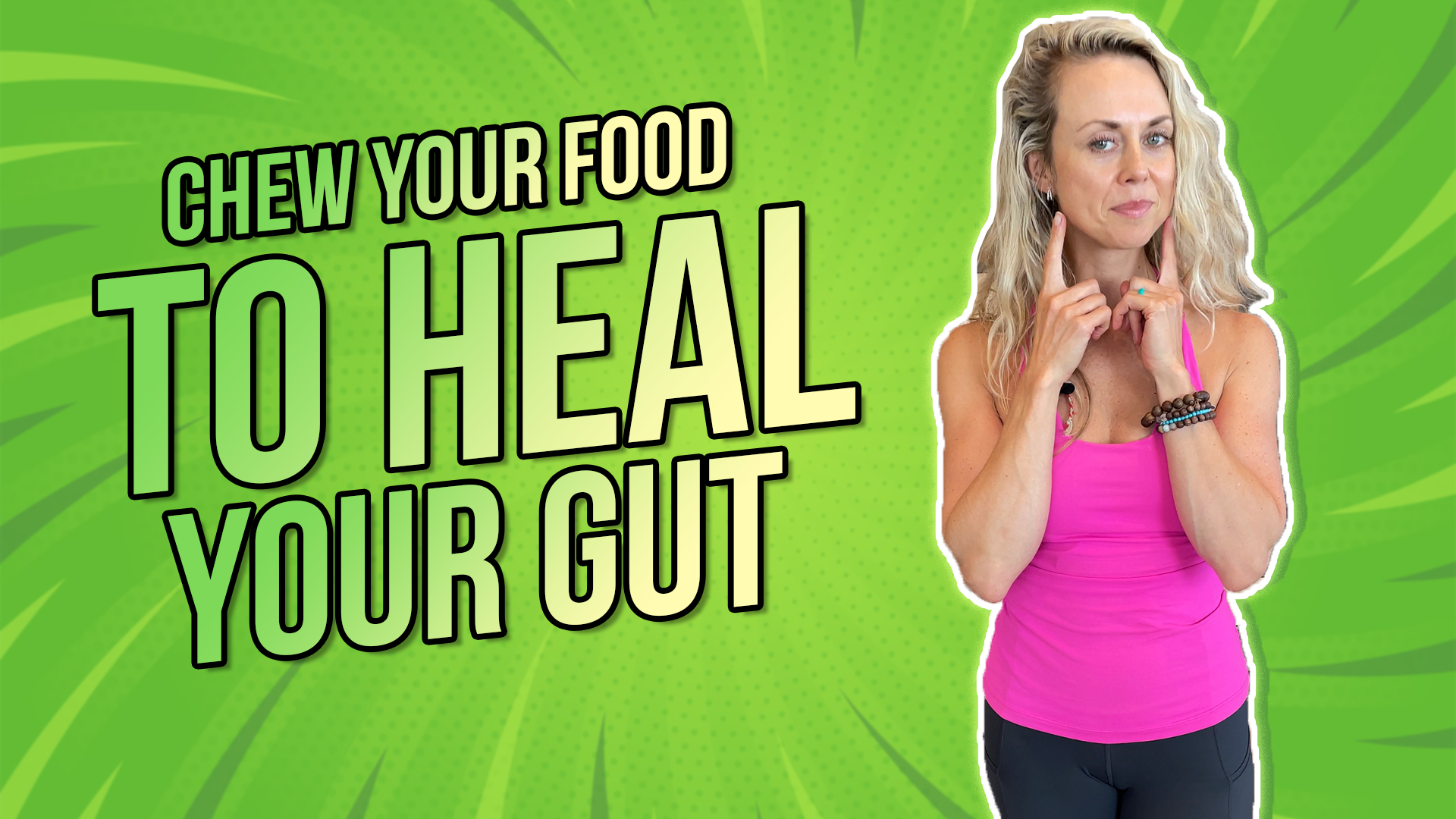Do you want to finally understand the root cause of your digestive issues? Perhaps chronic inflammation or autoimmune disease, maybe even anxiety or depression? If so, please join me in diving into why a stool test can be so valuable in helping you understand why you’re not feeling so well.
In this blog, we’ll explore the incredible insights stool analysis can offer, how it can help uncover hidden factors contributing to your health issues, and why it’s an essential tool in my practice. Join me on this journey to better understand your body and reclaim your health.
Rather watch or listen?
The Importance of Stool Analysis
You might be thinking, ‘Why on Earth would I do a stool test?’ Well, if you are like most of my patients, you are experiencing some kind of chronic health condition. That could be as simple as dry, itchy skin, or swelling in your hands, or arthritis. It may also be chronic digestive issues— your bowels are very irregular—or you have an autoimmune disease, or you have anxiety or depression.
The stool test is a great avenue to understand in depth what is happening in your microbiome, which is directly connected to your brain through the gut-brain axis—our bidirectional two-way communication. So, when we can begin to look at exactly what’s happening, which I will get into detail about, we can have a very systematic approach to addressing the root causes of why some things might be happening to you.
What to Look For in a Stool Test
So, what are we looking for in a stool test? The first thing that’s really important is that we always want to pair any testing, any special testing or labs, with your clinical presentation. So, it really is important to understand what you’re experiencing day to day, moment to moment, and how these things correlate with your stool test. As I said, we want to do that with every clinical lab value.
Pathogens and Infections
Now, when we’re looking at this, we are first looking at pathogens. So, we might have something like C. difficile or E. coli or a parasite like Giardia. All of these things could pop up. It doesn’t necessarily mean that you had E. coli yesterday, but if the numbers are elevated and they’re out of range, that could mean you have a chronic colonization for it. So, if you were exposed to it, you could actually get it very easily. If there was something like Giardia, which is a parasite that can destroy the microvilli of the intestine like Celiac can, that is really high priority. That’s something that would need to be treated.
H. pylori and Commensal Bacteria
Next, we look at H. pylori. So, H. pylori is an infection that occurs in the stomach. It is a bacterial infection. It is a gram-negative bacteria, and this is present in 50% of the population. So, literally, one in two stool tests I see, someone has H. pylori. Normally, if they have it, then their significant others should also be tested and/or treated for it because it is highly transmissible.
Opportunistic Bacteria and Dysbiosis
Then, we look at your commensal bacteria. We often hear about this as your beneficial bacteria. So, in this case, we can get a really nice profile of what is happening. Now, we often think, ‘Well, we want a lot of really beneficial good bacteria,’ but actually, we want it in a healthy range. We don’t want them too low. We don’t want them too high. This is because either one of those extremes can cause issues.
Then, we look at the opportunistic bacteria. So, this is a bacteria that can be problematic, and it can cause or be linked to inflammation and autoimmune disease. It can also be linked to things like histamine intolerance.
Small Intestinal Health and Yeast Overgrowth
We can also see small intestine patterns. So, we’re referring to the stool test; we’re looking at the large intestine, but we can see patterns that may present as small intestinal bacterial overgrowth, which can warrant further testing or monitoring of diet. We can also see if there’s a yeast overgrowth.
Some signs of that may be things like chronic fungus in your toenail that’s not dissolving. Maybe you have a history of vaginal yeast infections. Maybe you have thrush in your mouth.
Assessing Overall Intestinal Health
The last segment of the stool test is where we can really look at your overall intestinal health. This is really, really valuable because we can look to see how you’re digesting food. So, your steatocrit is a measure of fat. Is the fat in the stool high, which means that you’re having a malabsorption of fat?
Addressing Issues
So, how do you go about addressing all of that? I see really complicated cases and very complicated stool tests.
What I love about the stool test is that you can prioritize and make a systematic approach to it. What I found works well for my patients because a lot of times they’re coming from other providers where they’re taking tons of supplements and they’re overwhelmed by everything, or they don’t want to take that much, or they’re just overwhelmed in general with the process.
So, what I really like to do is look at the stool test, prioritize what is a pathogen, what is an infection, what needs to be treated right away, and break it up into phases for each patient.
For one patient, it might be one, I’d call it gut healing phase one or phase two; for another patient, it might be four; for another patient, it might be three. So, it could just really depend on how complicated your case is, how many supplements you’re able to take or not able to take.
I really try to do one to two at a time that might be related to a specific treatment, and that really works well emotionally, mentally, and physically for most patients.
Key Takeaways
So, the great thing about it is that it’s objective data, and you can really organize it in a fashion to improve your symptoms slowly over time.
I could give you countless stories of how that has happened with patients, and it is one of the most profound tests you can do to optimize your health. Personally, I love doing it as a preventative measure. So, coming from gut issues after cancer, I really began to dive into stool testing regularly to keep making sure that I’m addressing things if they come up. So, that’s what happens with our world and our environment.
If this was helpful, please give it a like, give it a share, and, of course, subscribe to our YouTube channel, the Movement Paradigm, for weekly tips on mindset, nutrition, and movement. Our goal is to help you live your best life, heal, transform, and, more importantly, thrive.
If you need help more individually, please reach out for a discovery session. We would love the opportunity to help you in any of these areas. And in addition to that, you can feel free to join our app, the Movement Paradigm. We have monthly challenges, live Q&As, and an amazing community, all geared toward whole-body health. So hope to see you there!

